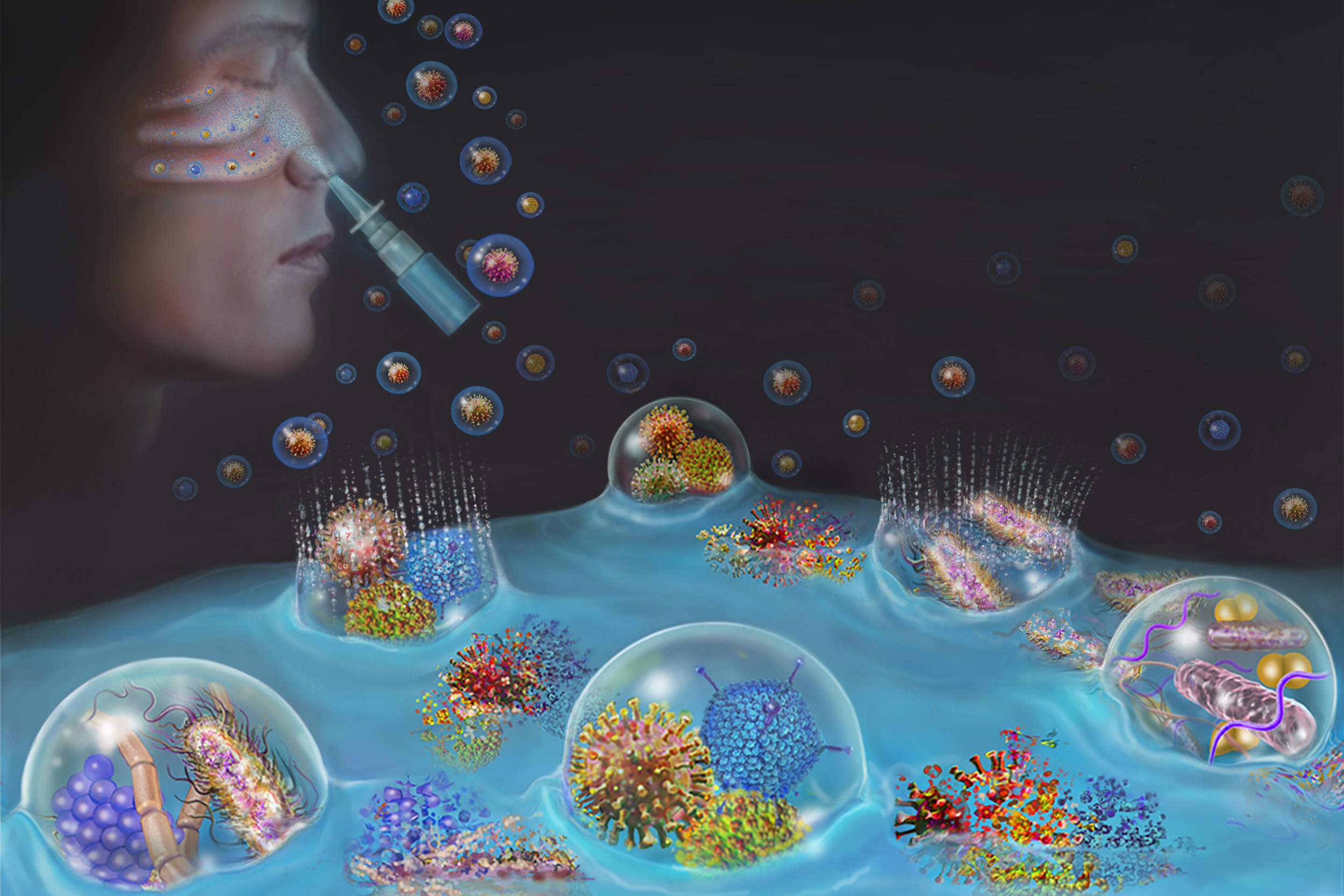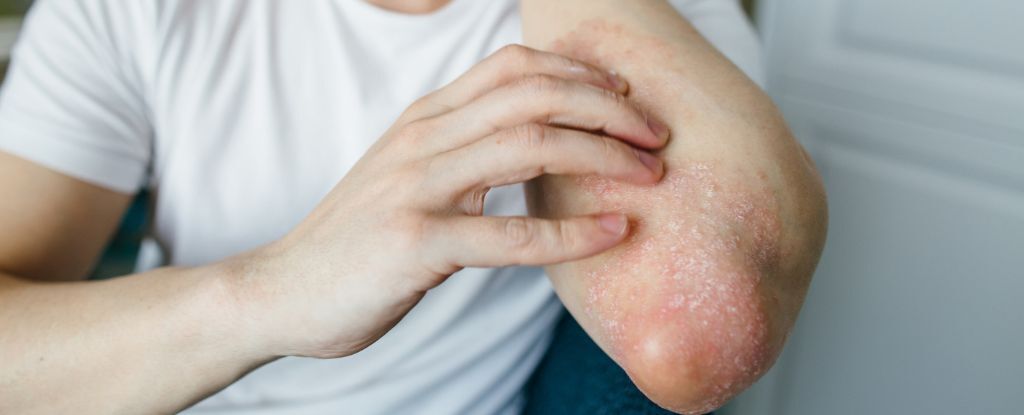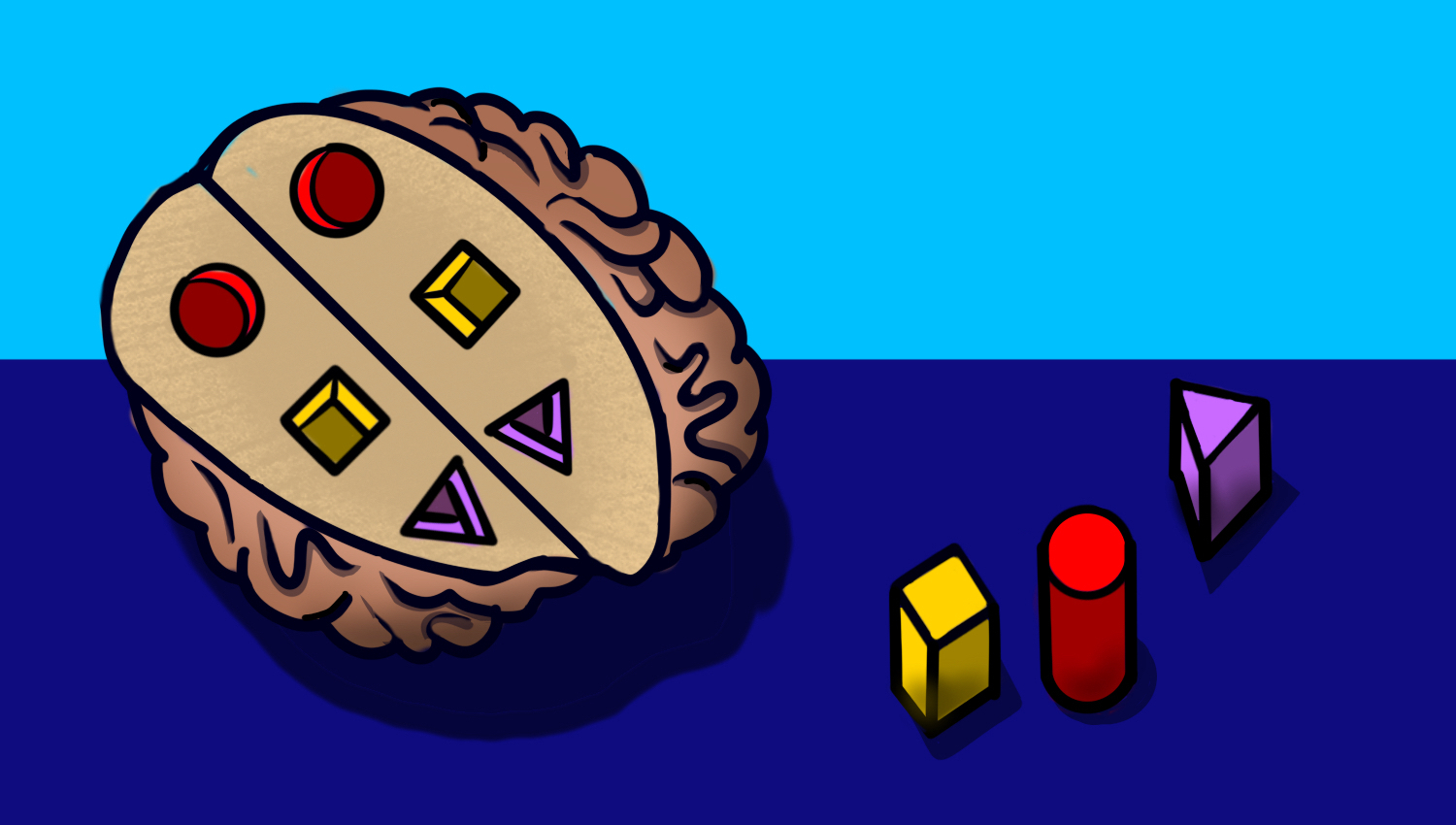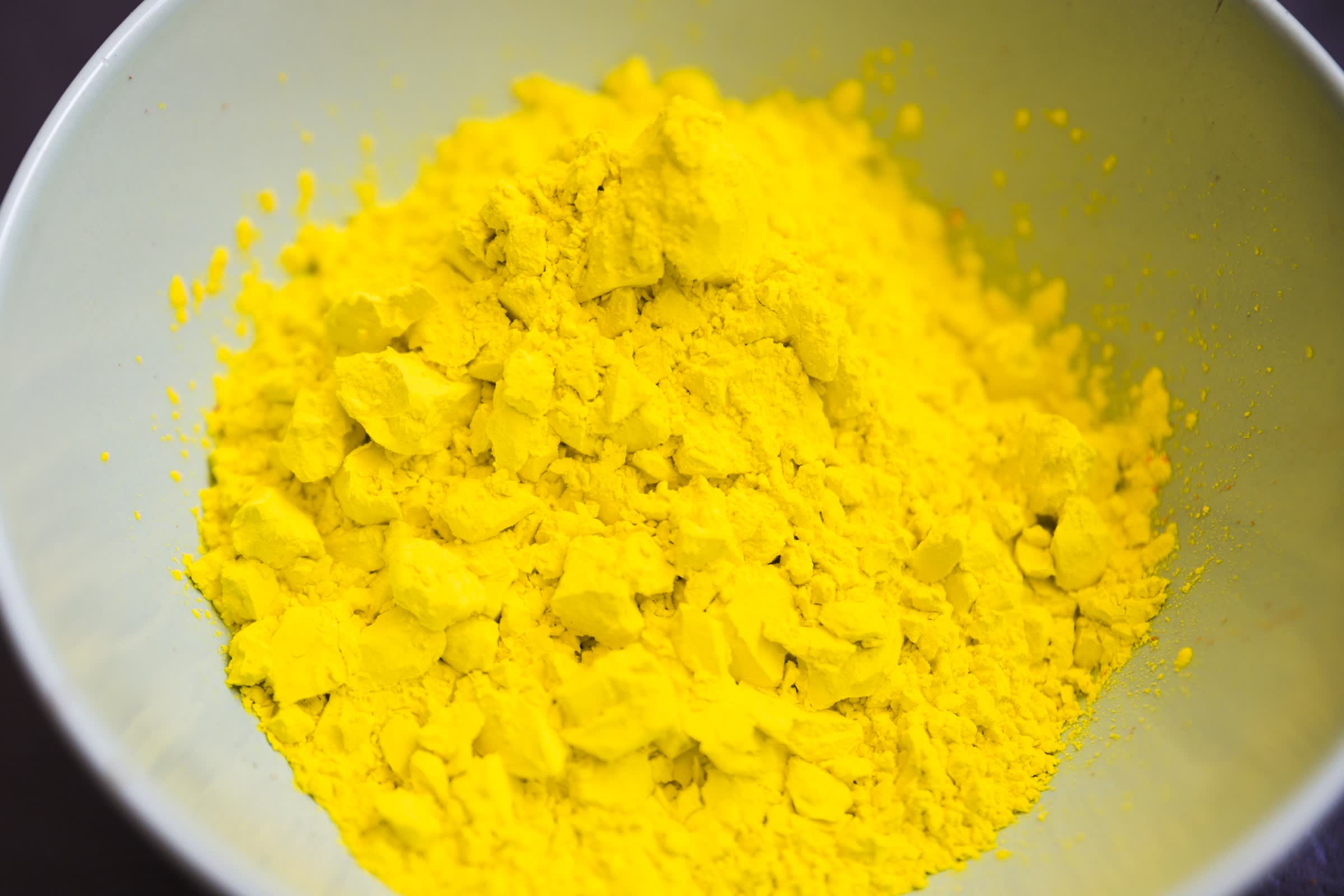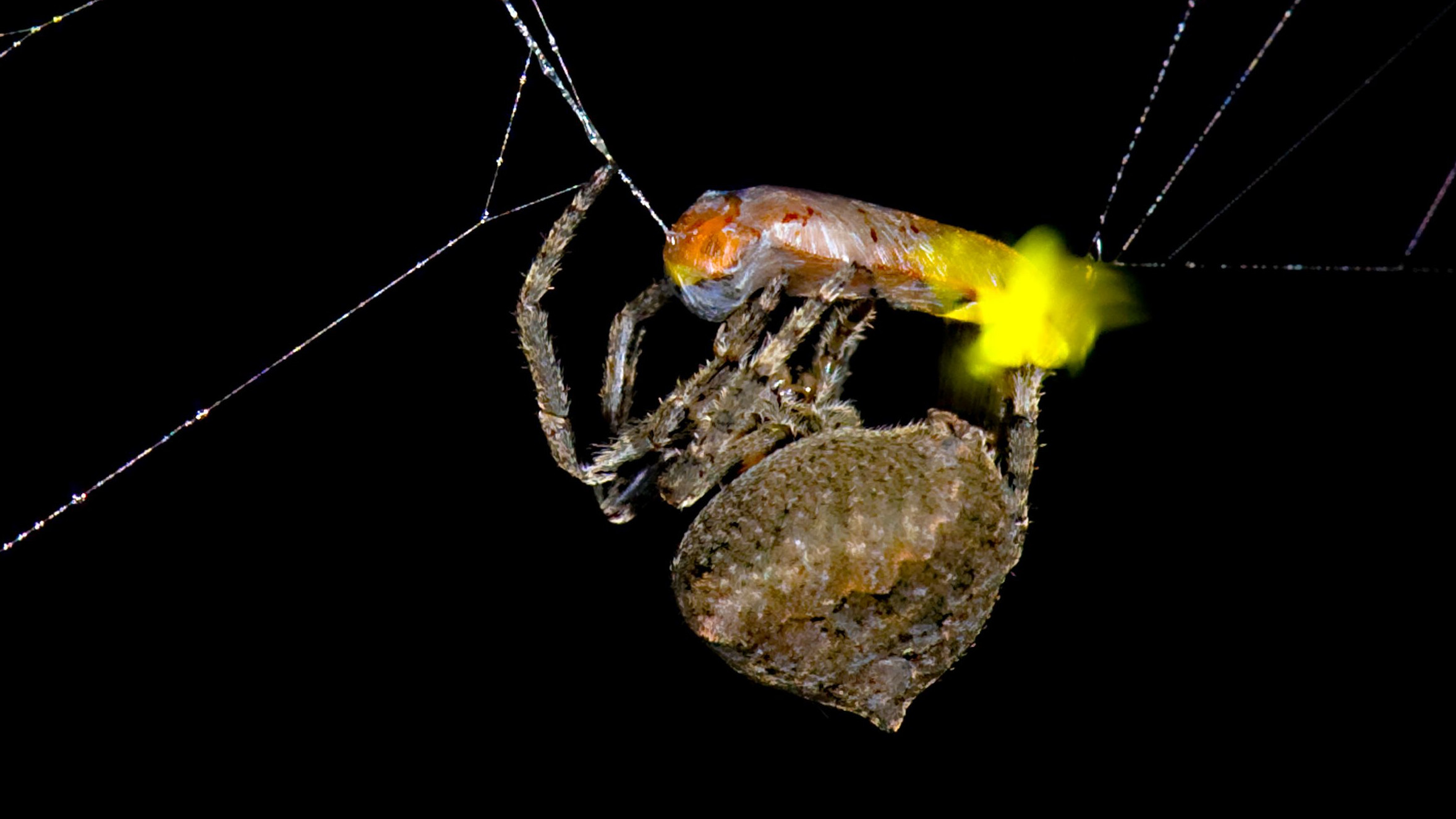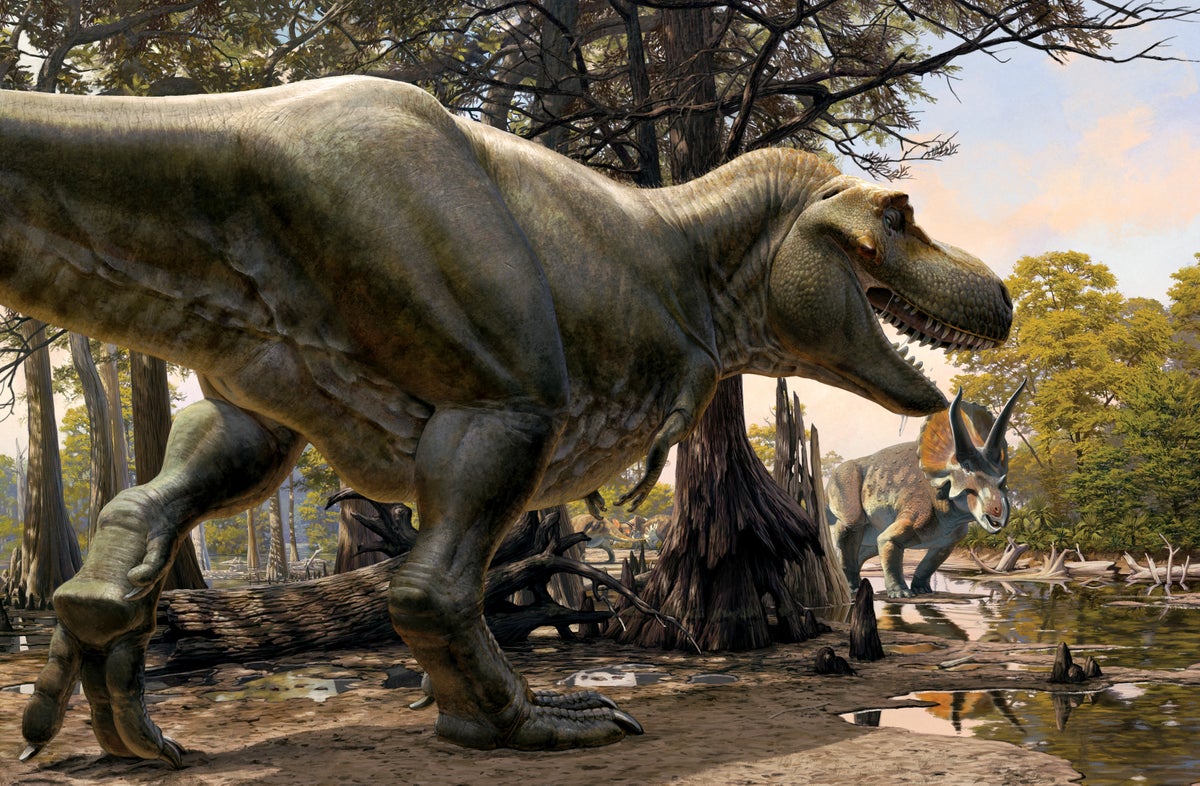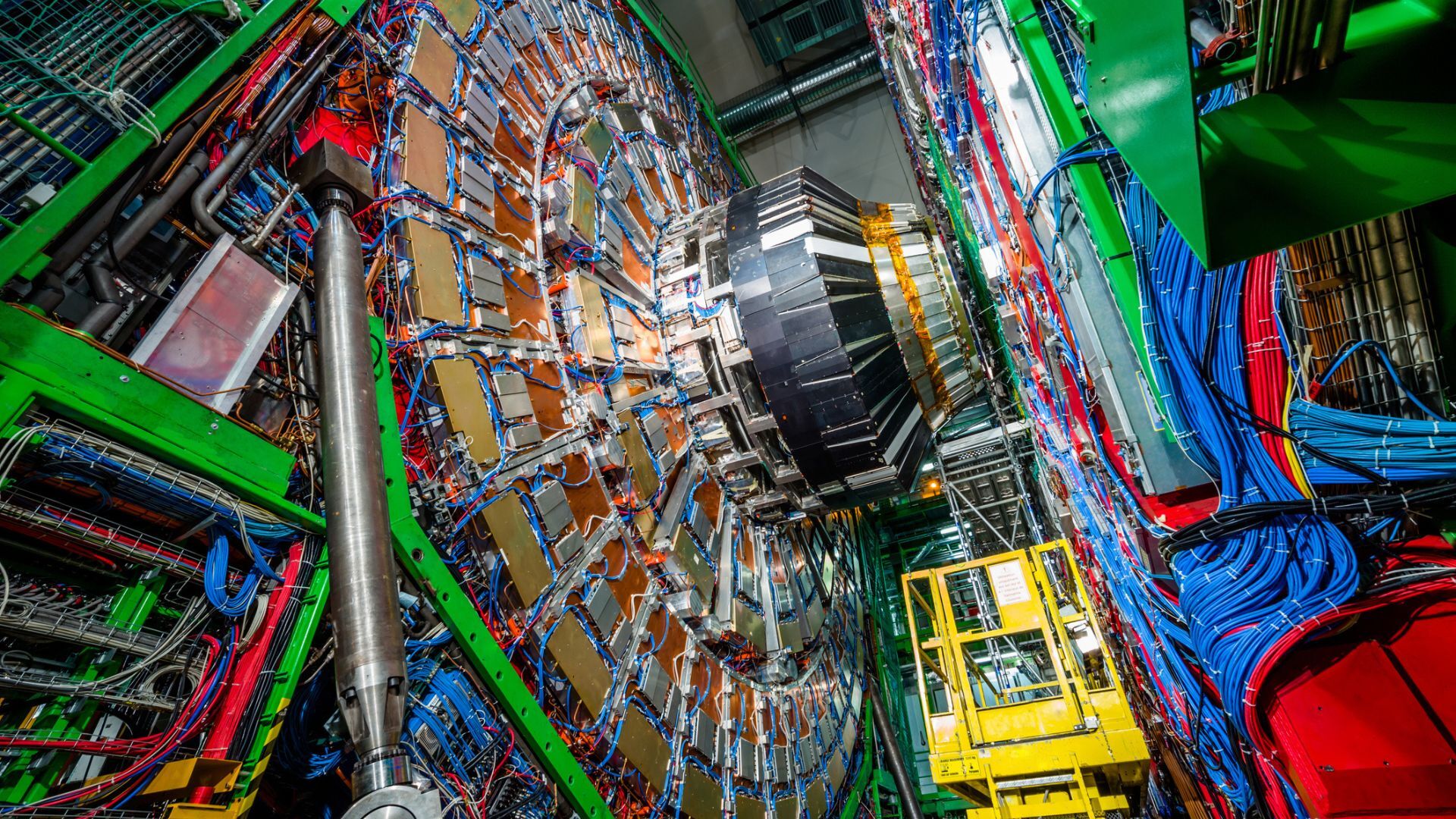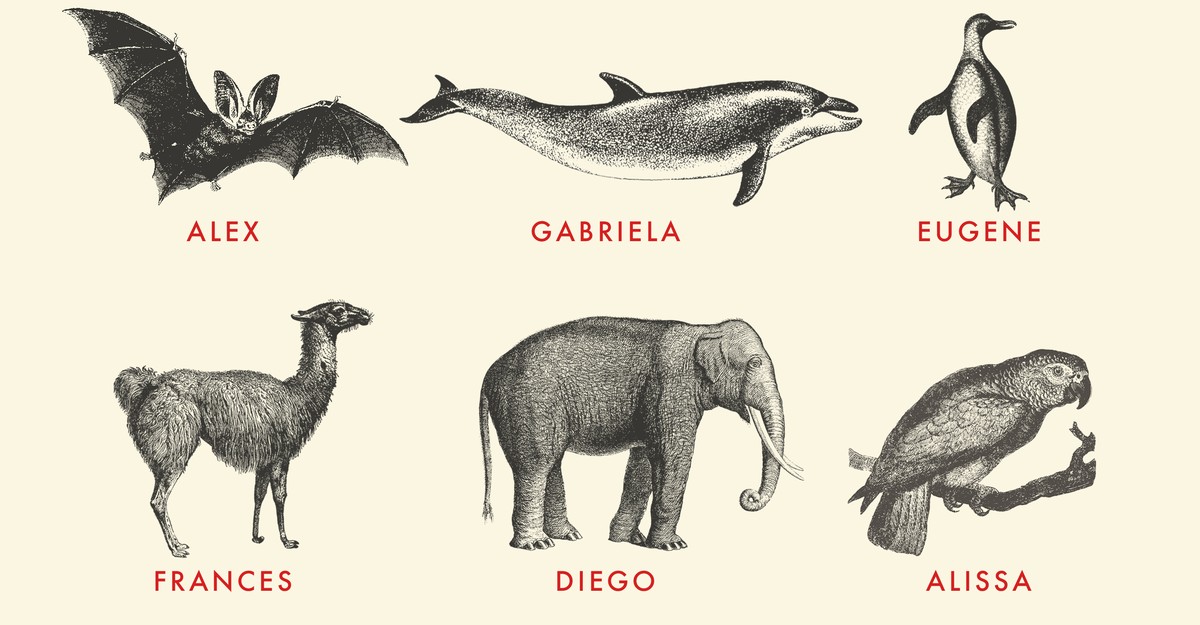Science
 www.nature.com
www.nature.com
A 25-year-old woman with type 1 diabetes started producing her own insulin less than three months after receiving a transplant of reprogrammed stem cells1. She is the first person with the disease to be treated using cells that were extracted from her own body. “I can eat sugar now,” said the woman, who lives in Tianjing, on a call with Nature. It has been more than a year since the transplant, and, she says, “I enjoy eating everything — especially hotpot.” The woman asked to remain anonymous to protect her privacy. James Shapiro, a transplant surgeon and researcher at the University of Alberta in Edmonton, Canada, says the results of the surgery are stunning. “They’ve completely reversed diabetes in the patient, who was requiring substantial amounts of insulin beforehand.”
 www.frontiersin.org
www.frontiersin.org
Abstract (added emphasis and paragraphing): Anthropogenic **methane** (CH4) emissions increases from the period 1850–1900 until 2019 are **responsible for around 65% as much warming as carbon dioxide (CO2)** has caused to date, and large reductions in methane emissions are required to limit global warming to 1.5°C or 2°C. However, methane emissions **have been increasing rapidly** since ~2006. This study shows that emissions are expected to continue to increase over the remainder of the 2020s if no greater action is taken and that increases in atmospheric methane are thus far outpacing projected growth rates. This increase has important implications for reaching net zero CO2 targets: every 50 Mt CH4 of the sustained large cuts envisioned under low-warming scenarios that are not realized would eliminate about 150 Gt of the remaining CO2 budget. Targeted methane reductions are therefore a critical component alongside decarbonization to minimize global warming. We describe additional linkages between methane mitigation options and CO2, especially via land use, as well as their respective climate impacts and associated metrics. We explain why a net zero target specifically for methane is neither necessary nor plausible. Analyses show where reductions are most feasible at the national and sectoral levels given limited resources, for example, to meet the Global Methane Pledge target, but they also reveal large uncertainties. Despite these uncertainties, many mitigation costs are clearly low relative to real-world financial instruments and very low compared with methane damage estimates, but legally binding regulations and methane pricing are needed to meet climate goals.
 www.lieffcabraser.com
www.lieffcabraser.com
https://www.lieffcabraser.com/antitrust/academic-journals/ https://www.forbes.com/sites/michaeltnietzel/2024/09/16/scientists-file-antitrust-lawsuit-against-six-journal-publishers/ https://www.reuters.com/legal/litigation/academic-publishers-face-class-action-over-peer-review-pay-other-restrictions-2024-09-13/ "On September 12, 2024, Lieff Cabraser and co-counsel at Justice Catalyst Law filed a federal antitrust lawsuit against six commercial publishers of academic journals, including Elsevier, Springer Nature, Taylor and Francis, Sage, Wiley, and Wolters Kluwer, on behalf of a proposed class of scientists and scholars who provided manuscripts or peer review, alleging that these publishers conspired to unlawfully appropriate billions of dollars that would otherwise have funded scientific research." "Deutsche Bank aptly describes the Scheme as a “bizarre” “triple pay system” whereby “the state funds most of the research, pays the salaries of most of those checking the quality of the research, and then buys most of the published product.”"

 www.nature.com
www.nature.com
> ## Abstract > Rapa Nui (also known as Easter Island) is one of the most isolated inhabited places in the world. It has captured the imagination of many owing to its archaeological record, which includes iconic megalithic statues called moai1. Two prominent contentions have arisen from the extensive study of Rapa Nui. First, the history of the Rapanui has been presented as a warning tale of resource overexploitation that would have culminated in a major population collapse—the ‘ecocide’ theory2,3,4. Second, the possibility of trans-Pacific voyages to the Americas pre-dating European contact is still debated5,6,7. Here, to address these questions, we reconstructed the genomic history of the Rapanui on the basis of 15 ancient Rapanui individuals that we radiocarbon dated (1670–1950 ce) and whole-genome sequenced (0.4–25.6×). We find that these individuals are Polynesian in origin and most closely related to present-day Rapanui, a finding that will contribute to repatriation efforts. Through effective population size reconstructions and extensive population genetics simulations, we reject a scenario involving a severe population bottleneck during the 1600s, as proposed by the ecocide theory. Furthermore, the ancient and present-day Rapanui carry similar proportions of Native American admixture (about 10%). Using a Bayesian approach integrating genetic and radiocarbon dates, we estimate that this admixture event occurred about 1250–1430 ce.
Fascinating, I like this kind of Magick.
 www.scientificamerican.com
www.scientificamerican.com
I believe the problem is never showing evidence, but that the evidence is overwhelming. I could explain the general idea and, maybe, one or two specifics. People that use the XX/XY binary argument wouldn’t be able to explain either, but it’s usually only used because it conforms to a bias. And we are only talking about humans here. Language would implode if we tried to maintain convenient binaries and still back it up with science.
 interestingengineering.com
interestingengineering.com
Edit: The paper is total nonsense. Sorry for wasting people's time. https://youtu.be/Yk_NjIPaZk4?si=dasxM2Py-s654djW
 www.nature.com
www.nature.com
[A link to the preprint](https://arxiv.org/abs/2406.18719). I'll do the actual math on how many transitions/second it works out to later and edit. I've had an eye on this for like a decade, so I'm hyped. Edit: So, because of the structure of the crystal the atoms are in, it actually has 5 resonances. These were expected, although a couple other weak ones showed up as well. They give a what I understand to be a projected undisturbed value of 2,020,407,384,335.(2) KHz. Then a possible redefinition of the second could be "The time taken for 2,020,407,384,335,200 peaks of the radiation produced by the first nuclear isomerism of an unperturbed ^229^Th nucleus to pass a fixed point in space."
see also [Climate Policy Explorer](https://climate-policy-explorer.shinyapps.io/climate-policies-dashboard/explorer/)
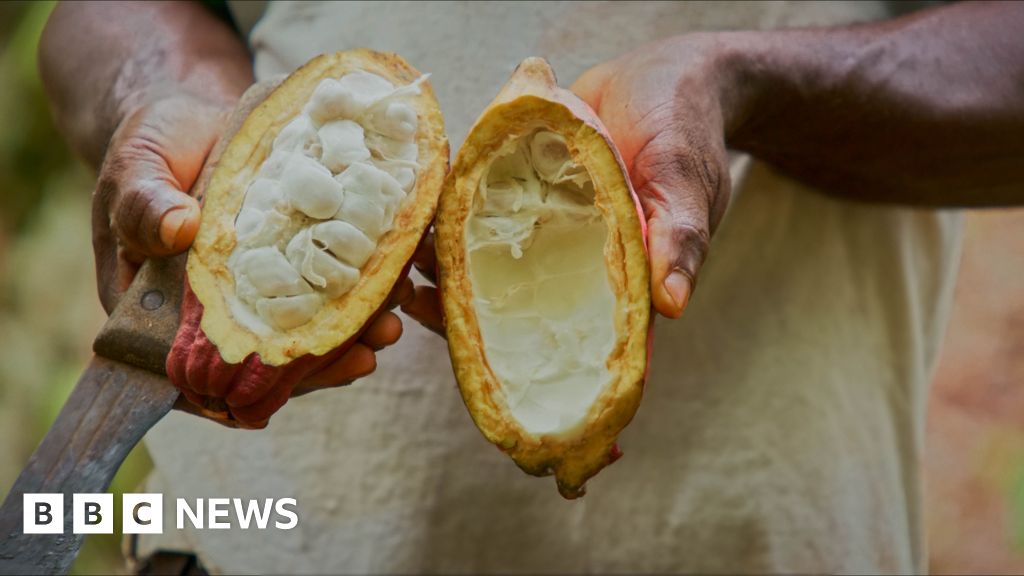 www.bbc.com
www.bbc.com
This was a surprising area to see novel approaches being tried, though it doesn't seem to remotely solve the problems around cocoa beans.
Fever Feels Horrible, but is Actually Awesome!
 arstechnica.com
arstechnica.com
I understand the purpose of appeals and that we rarely hear about things that are not appealed. But I don't think either the FDA or court system are functioning when people and companies go in front of a decision-making body knowing they're going to lose and viewing the ruling as the real starting gun.
> In a groundbreaking experiment, Japanese researchers transferred regenerative genes to fruit flies, leading to improved intestinal health and enhanced stem cell activity. This discovery opens new possibilities for anti-aging strategies in higher organisms, including humans, through targeted gene therapy.
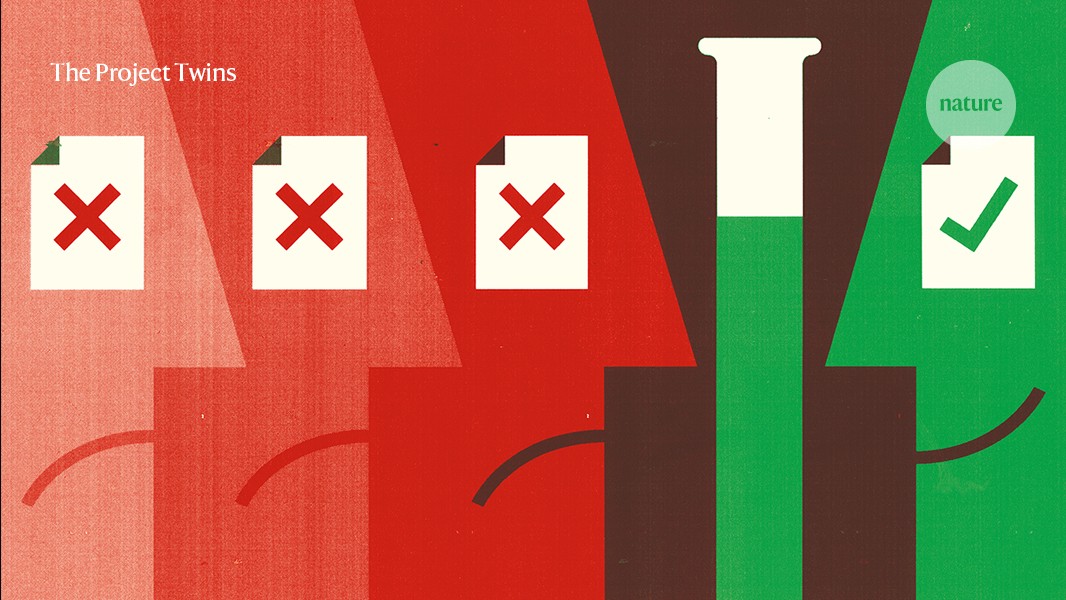 www.nature.com
www.nature.com
[ghost archive](https://ghostarchive.org/archive/LSLtj) | Excerpts: > ... findings with null or negative results — those that fail to find a relationship between variables or groups, or that go against the preconceived hypothesis — gather dust in favour of studies with positive or significant findings. A 2022 survey of scientists in France, for instance, found that 75% were willing to publish null results they had produced, but only 12.5% were able to do so2. Over time, this bias in publications distorts the scientific record, and a focus on significant results can encourage researchers to selectively report their data or exaggerate the statistical importance of their findings. It also wastes time and money, because researchers might duplicate studies that had already been conducted but not published. Some evidence suggests that the problem is getting worse, with fewer negative results seeing the light of day3 over time. ---- >At the crux of both academic misconduct and publication bias is the same ‘publish or perish’ culture, perpetuated by academic institutions, research funders, scholarly journals and scientists themselves, that rewards researchers when they publish findings in prestigious venues, Scheel says. > >But these academic gatekeepers have biases, say some critics, who argue that funders and top-tier journals often crave novelty and attention-grabbing findings. Journal editors worry that pages full of null results will attract fewer readers, says Simine Vazire, a psychologist at the University of Melbourne in Australia and editor of the journal Psychological Science. ---- > One of the most significant changes to come out of the replication crisis is the expansion of preregistration (see ‘Registrations on the rise’), in which researchers must state their hypothesis and the outcomes they intend to measure in a public database at the outset of their study (this is already the norm in clinical trials). ... >Preliminary data look promising: when Scheel and her colleagues compared the results of 71 registered reports with a random sample of 152 standard psychology manuscripts, they found that 44% of the registered reports had positive results, compared with 96% of the standard publications^7^ (see ‘Intent to publish’). And Nosek and his colleagues found that reviewers scored psychology and neuroscience registered reports higher on metrics of research rigour and quality compared with papers published under the standard model^8^.
Science
!science@beehaw.orgStudies, research findings, and interesting tidbits from the ever-expanding scientific world.
Subcommunities on Beehaw:
Be sure to also check out these other Fediverse science communities:
This community's icon was made by Aaron Schneider, under the CC-BY-NC-SA 4.0 license.


